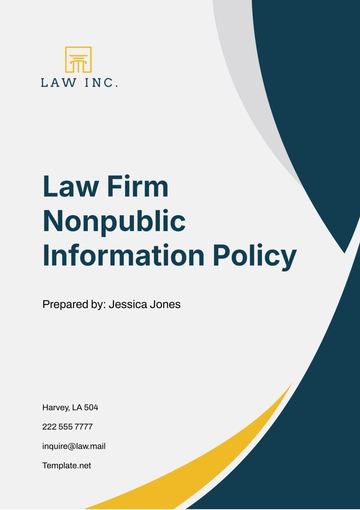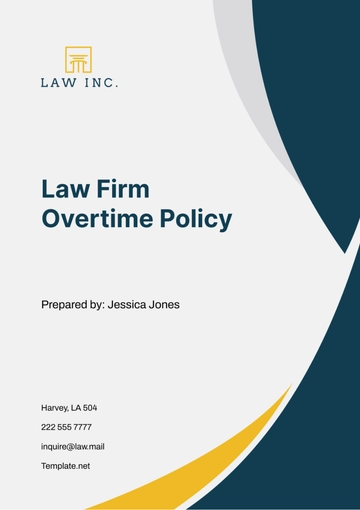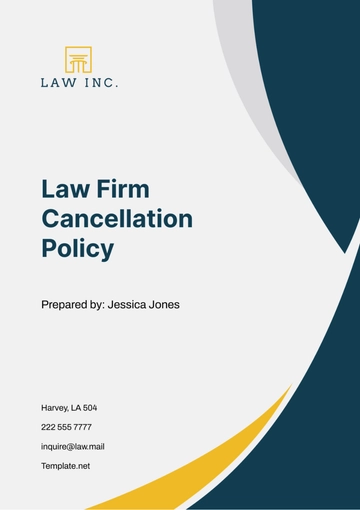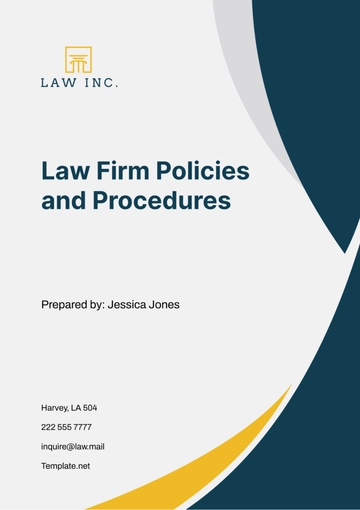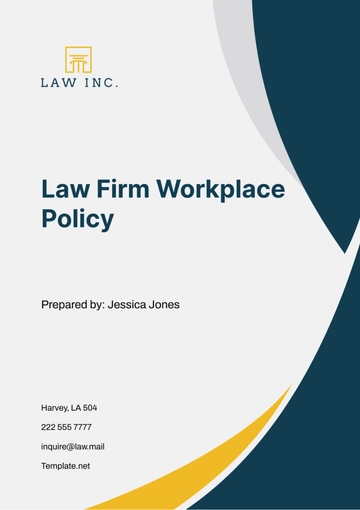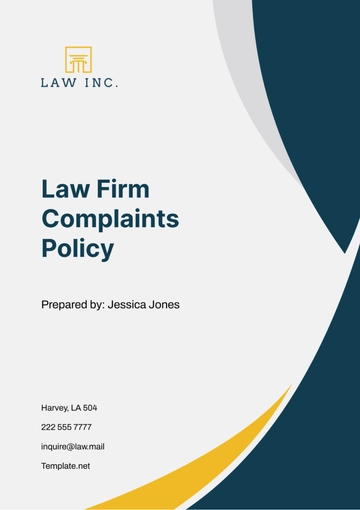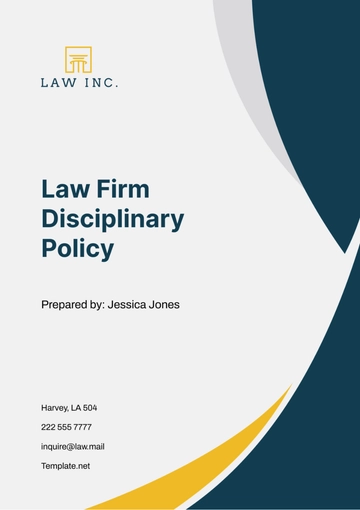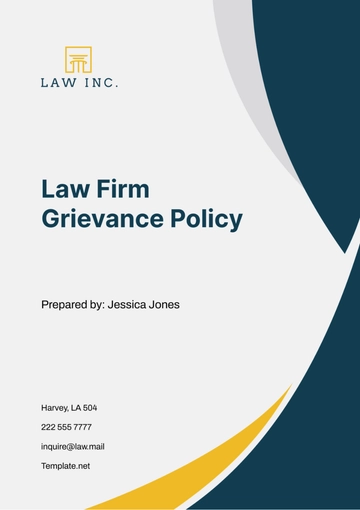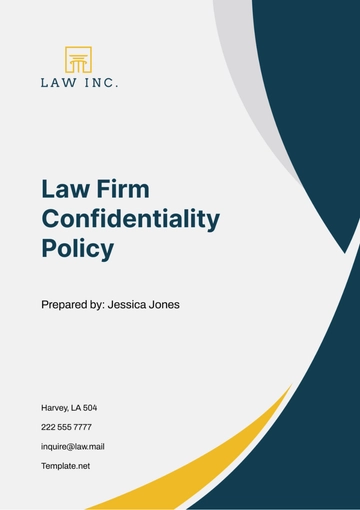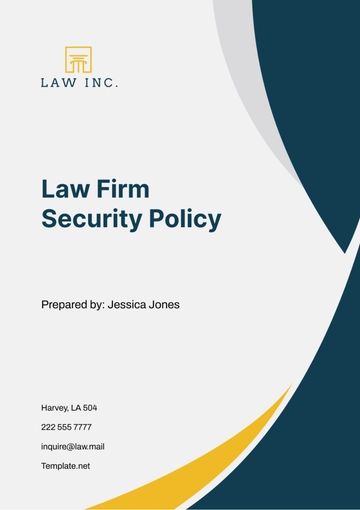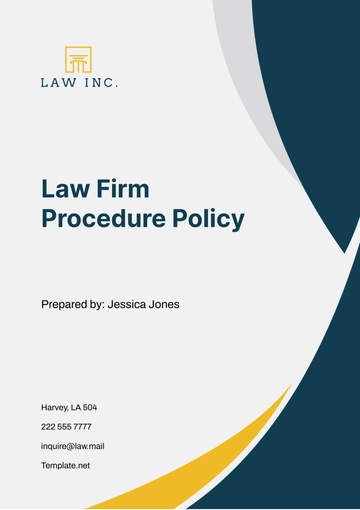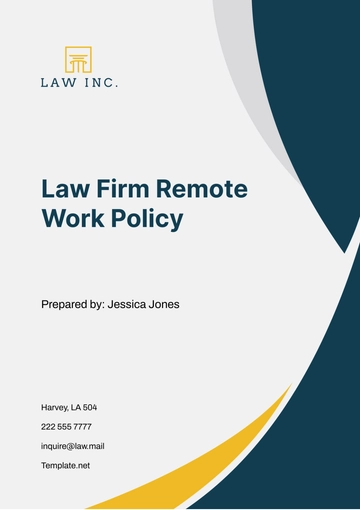Free Legal Corporate Emergency Response Policy
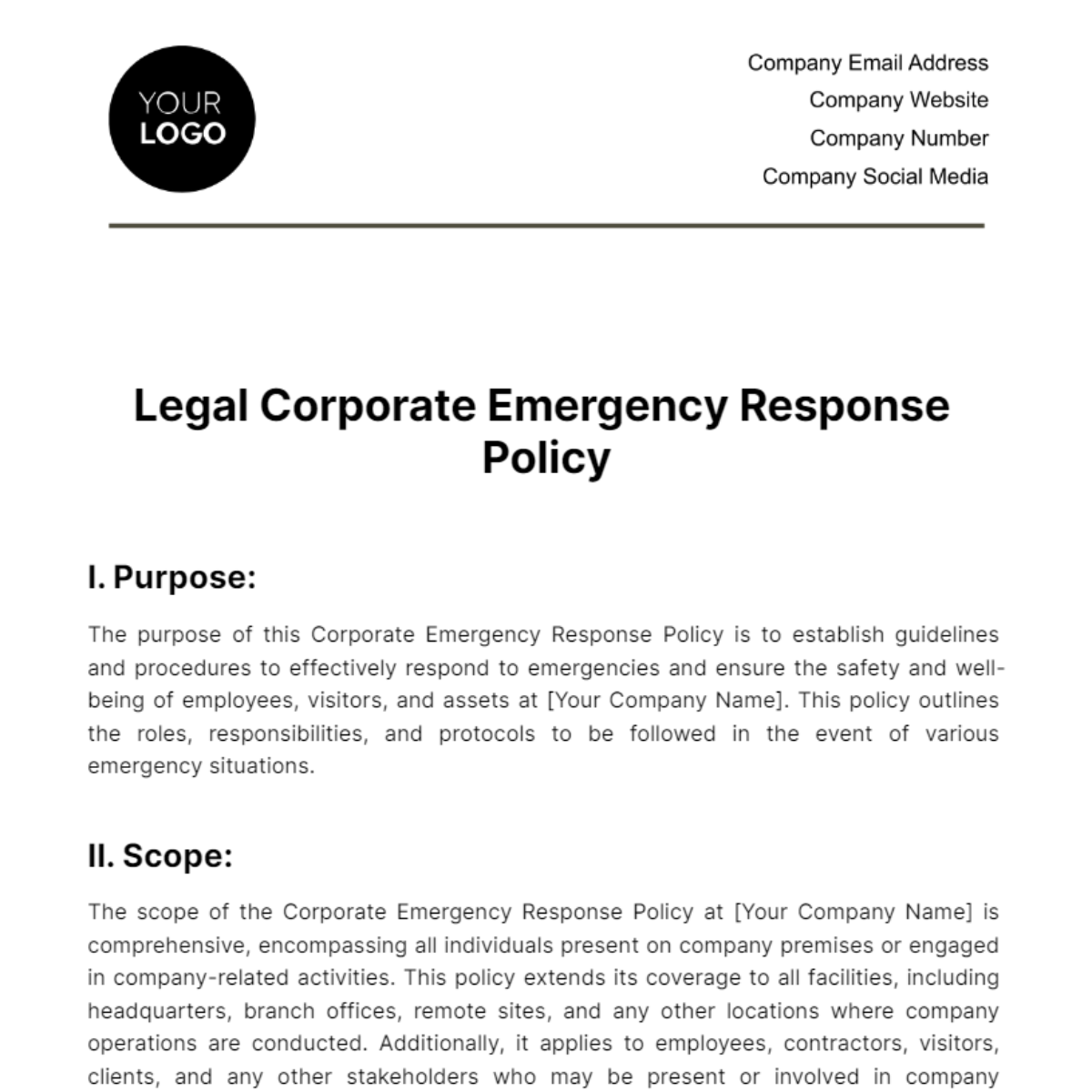
I. Purpose:
The purpose of this Corporate Emergency Response Policy is to establish guidelines and procedures to effectively respond to emergencies and ensure the safety and well-being of employees, visitors, and assets at [Your Company Name]. This policy outlines the roles, responsibilities, and protocols to be followed in the event of various emergency situations.
II. Scope:
The scope of the Corporate Emergency Response Policy at [Your Company Name] is comprehensive, encompassing all individuals present on company premises or engaged in company-related activities. This policy extends its coverage to all facilities, including headquarters, branch offices, remote sites, and any other locations where company operations are conducted. Additionally, it applies to employees, contractors, visitors, clients, and any other stakeholders who may be present or involved in company activities.
III. Emergency Response Team:
[Your Company Name] has established an Emergency Response Team (ERT) responsible for coordinating emergency response efforts. The ERT consists of designated individuals from various departments and disciplines, including but not limited to:
Position | Name | Contact Information |
|---|---|---|
Emergency Manager | ||
Safety Officer | ||
Medical Officer | ||
Facilities Manager | ||
Communications | ||
Security Officer |
IV. Emergency Response Procedures:
a. Emergency Notification:
In the event of an emergency, employees must immediately notify the appropriate authorities (e.g., 911) and alert the designated Emergency Manager or Safety Officer.
Employees should use the nearest available means of communication to report the emergency, including phone systems, intercoms, or emergency notification apps.
b. Evacuation Procedures:
Upon hearing an evacuation alarm or receiving instructions from emergency personnel, employees must evacuate the premises immediately using the nearest safe exit route.
Employees should assemble at designated assembly points outside the building and remain there until further instructions are provided.
Emergency evacuation maps indicating exit routes and assembly points are posted throughout the premises.
c. Shelter-in-Place:
In situations where evacuation may pose a greater risk (e.g., severe weather, hazardous materials release), employees may be instructed to shelter-in-place.
Employees should move to designated shelter areas within the building, away from windows and doors, and await further instructions from emergency personnel.
d. Medical Emergencies:
In the event of a medical emergency, employees should immediately notify the designated Medical Officer or call for medical assistance.
Trained first-aiders or medical personnel should provide assistance to the affected individual until professional medical help arrives.
e. Fire Safety:
In case of fire, employees must activate the nearest fire alarm pull station and evacuate the building following established evacuation procedures.
Employees should not use elevators during a fire emergency unless directed to do so by emergency personnel.
f. Communication:
The designated Communications Officer will be responsible for disseminating emergency notifications and updates to employees via various communication channels, including email, text messages, and intercom announcements.
Regular communication updates will be provided to keep employees informed of the situation and any necessary actions to be taken.
V. Training and Drills:
Training and drills are integral components of our emergency preparedness efforts at [Your Company Name]. We recognize the importance of equipping our employees with the knowledge, skills, and confidence needed to respond effectively to various emergency scenarios. To achieve this, we have developed a robust training program that encompasses a range of topics relevant to emergency response and safety protocols.
Our training programs cover a diverse array of subjects, including but not limited to emergency evacuation procedures, first-aid and CPR training, fire safety protocols, hazard recognition, and communication strategies during emergencies. These training sessions are conducted by qualified instructors and are tailored to address the specific needs and challenges faced by employees in their respective roles and work environments.
VI. Review and Revision:
At [Your Company Name], we understand that maintaining an effective emergency response policy requires ongoing evaluation and adaptation to changing circumstances. As such, we have established a systematic process for reviewing and revising our policy to ensure its continued relevance and effectiveness.
Our policy undergoes regular reviews, conducted at least annually, by a designated committee comprising representatives from various departments and disciplines. During these reviews, we assess the policy's alignment with current best practices, regulatory requirements, and emerging threats or hazards. Input from stakeholders, including employees, emergency response team members, and external experts, is solicited to identify areas for improvement and address any gaps or deficiencies in our emergency preparedness efforts.
Upon completion of the review process, any necessary revisions or updates to the policy are proposed, taking into account feedback received and lessons learned from previous incidents or drills. The revised policy is then subject to approval by senior management before being communicated to all employees. Additionally, we ensure that employees have access to the latest version of the policy document through our internal communication channels and company intranet.
VII. Compliance:
Compliance with our Corporate Emergency Response Policy is essential to maintaining a safe and secure work environment for all individuals at [Your Company Name]. We expect all employees to fully adhere to the policy and follow established emergency procedures in the event of an emergency or crisis situation.
Employees are responsible for familiarizing themselves with the contents of the policy, attending training sessions, and understanding their roles and responsibilities in emergency response efforts. Any deviations from policy requirements or failure to follow emergency protocols may result in disciplinary action, up to and including termination of employment, depending on the severity of the non-compliance and its impact on safety and security.
VIII. Contact Information:
For questions, concerns, or additional information regarding this policy, employees may contact the designated Emergency Manager or Safety Officer at [Your Company Email] or [Your Company Number].
By adhering to the procedures outlined in this Corporate Emergency Response Policy, [Your Company Name] aims to mitigate risks, minimize disruptions, and ensure the safety and well-being of all individuals in emergency situations.
[Your Company Name] reserves the right to modify or amend this policy as necessary to address changing circumstances or regulatory requirements.
Prepared By: [Your Name]
Updated: [Month, Day, Year]
- 100% Customizable, free editor
- Access 1 Million+ Templates, photo’s & graphics
- Download or share as a template
- Click and replace photos, graphics, text, backgrounds
- Resize, crop, AI write & more
- Access advanced editor
Discover the Legal Corporate Emergency Response Policy Template by Template.net. Prepare your organization for unforeseen events with this customizable and editable template. Utilize our Ai Editor Tool for seamless adjustments tailored to your company's needs. Ensure swift and effective response protocols are in place. Simplify emergency preparedness with this essential resource. Get yours today for peace of mind.
You may also like
- HR Policy
- Restaurant Policy
- Company Policy
- Accounting Policies and Procedures
- Website Policy
- Privacy Policy
- Safety Policy
- School Policy
- IT and Software Policy
- Law Firm Policy
- Construction Policy
- Interior Design Policy
- Travel Agency Policy
- Education Academic Policy
- Security Policy
- Real Estate Policy
- Expense Policy
- Software Policy
